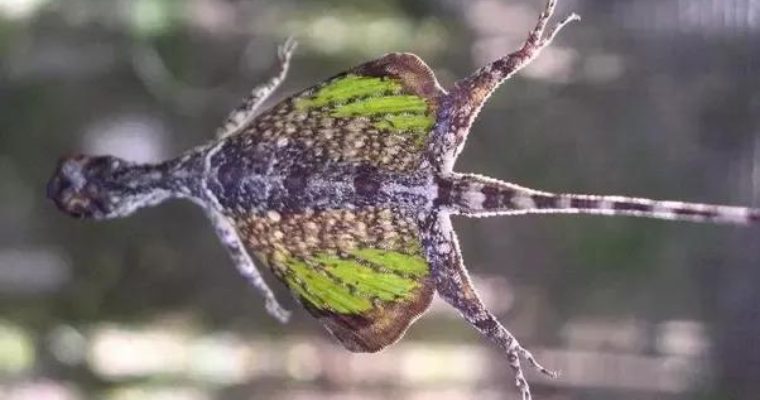
“Dragone are authentic and come from southern Africa; “They have been there for more than a century” is an article that explores the history and characteristics of the authentic African dragons that have inhabited the southern part of the continent for more than one hundred years. Find out all about these fascinating creatures and how they have survived in their natural habitat
You think dragon trees only exist in movies or series like “Game of Thrones”. These Dragos are real. The first comes from Africa, South Africa more precisely. You found the second location in the Philippines, Malaysia, Indonesia and Idia.

Smaug Giganteus or SungazerFirst described in 1844 by Scottish naturalist Dr. Sir Αlan Smith, this species is known by various names such as; Sungazer, Giant Girdled Lizard, Zonure, Lord Derby’s Lizard or Ouvolk. Sungazers are endemic to South Africa and are symotic with sp. highveld plateau grasslands.Draco Volas or flyig Drago, the flying lizard, is mainly found in rainforests and tropical areas that can provide enough trees for the lizard to jump, in southern India and southeast Asia. this includes the Philippi and Boreo islands.
he Knysna turaco is a medium-sized bird, measuring about 45 cm in length and weighing between 200 and 300 grams. It is known for its striking appearance, with bright green and purple feathers, a red crest on its head, and a long, curved beak. Its wings are a deep blue, while the tail is a bright crimson. The Knysna turaco’s eyes are yellow, which adds to its unique appearance.This colorful turaco lives in the forests of South Africa. With its iridescent plumage and distinctive features, the Knysna turaco is a striking resident of the treetops. Although not the largest of the turacos, its vibrant colors and bold patterns make it an unmistakable species. The Knysna turaco feeds on fruits, leaves, shoots and insects, and lives a largely solitary life high in the canopy.

BehaviorThe Knysna turaco is a social bird that lives in pairs or small groups. It is arboreal, meaning it spends most of its time in trees, and is a strong climber, using its strong legs and feet to move between branches. It is also known for its distinct vocalizations, which include a variety of calls and songs.The Knysna turaco inhabits the forests of its native range, where it feeds on leaves, buds, flowers and fruits. Although usually alone or in pairs, larger groups may form on reliable food sources. This medium-sized turaco has iridescent plumage and a long, graduated tail that is often spread and displayed. Its beak is robust and curved, adapted to grasp and tear off foliage. The Knysna turaco communicates through a variety of whistles, trills and other vocalizations that serve to defend territories, establish contact with group members and warn of predators.

HabitatThe Knysna turaco is found in the coastal forests of South Africa, specifically in the Knysna and Tsitsikamma areas. It prefers dense evergreen forests and is often seen near rivers and streams. The habitat of the Knysna turaco is threatened due to deforestation and fragmentation, which has led to a decline in its population.

State of conservationThe Knysna turaco is currently classified as “Near Threatened” on the International Union for Conservation of Nature (IUCN) Red List. This is due to habitat loss, as well as hunting and trapping for the pet trade. Conservation efforts are underway to protect the habitat of the Knysna turaco and prevent further population decline. These efforts include establishing protected areas and promoting sustainable forestry practices.

We need to pay attention to and protect the conservation status of the Knysna turaco to ensure the survival of this special bird species. It is necessary to conserve their habitat, as well as monitor and control illegal hunting and trading activities. Furthermore, educating and raising awareness about the value of local bird species is essential to help protect the Knysna turaco and other bird species in South Africa.

With its unique beauty, Knysna turaco is one of the rare and special bird species in South Africa. Hopefully, through care and protection, we can help this bird and other species have a sustainable future and continue to exist on our planet. Thank you for reading this article and I hope it has provided you with valuable information about Knysna turaco. If you have any questions or comments, please leave them in the comments section.





